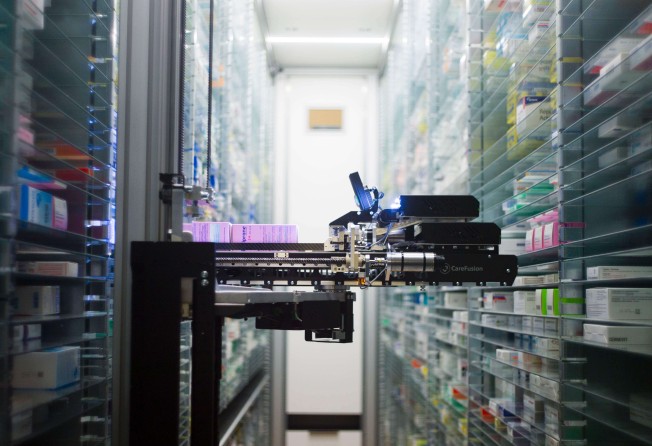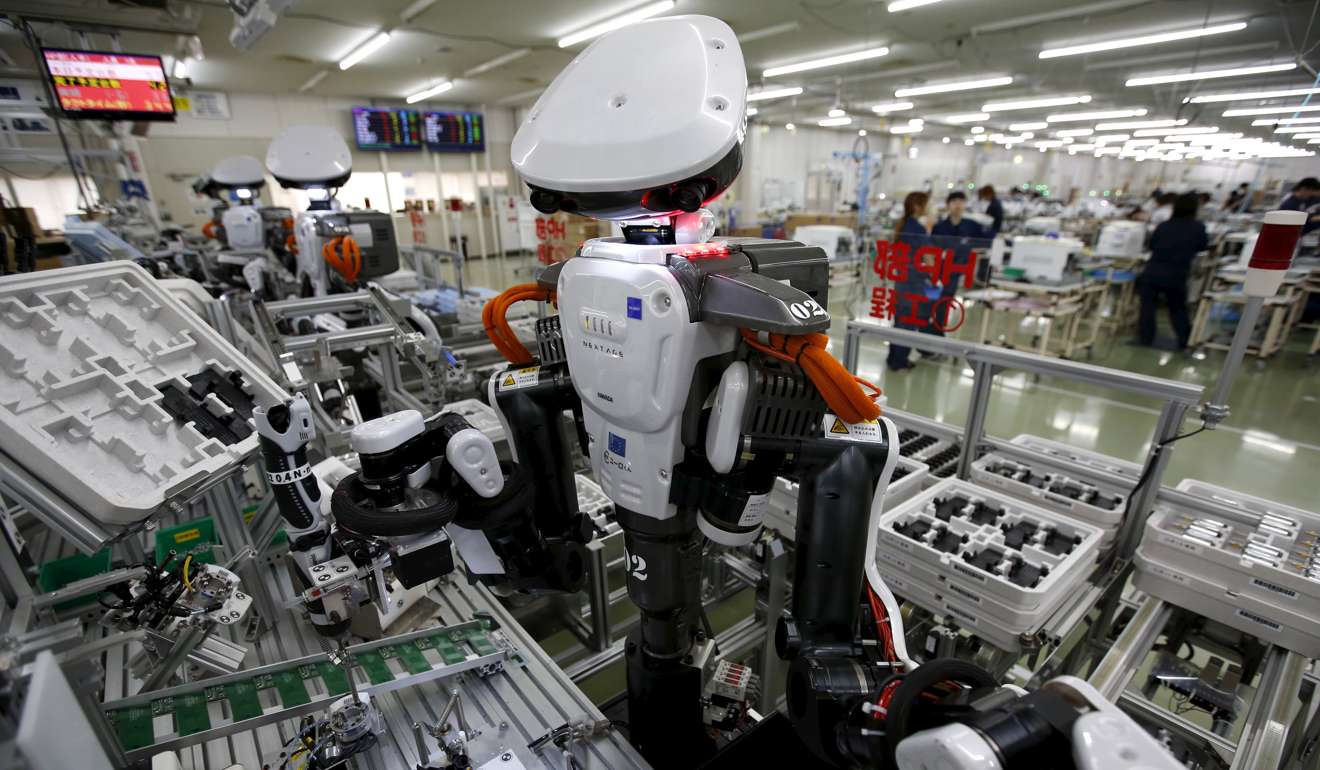Automation means healthier businesses, happier employees
Robotic automation enables companies to streamline labour-intensive processes, freeing workers to engage in higher level thinking

Demographic changes and economic forces have combined to transform today’s business landscape. The shift is here to stay. With attrition rates growing in many regions, especially Asia, retention of skilled talent has become a growing concern for businesses, and leaders are forced to focus more on talent management.
As a region filled with emerging markets, expectations of the Asian workforce are rapidly evolving as well – people now want to contribute in more tangible and creative ways at work.
Apart from attracting the right talent, business leaders are faced with the challenge of sourcing and managing their workforce better in an increasingly connected world . Now it is imperative that boardroom decisions on business innovation factor in the changing global talent pool as well as the role of technology.
Herein lies the need for advanced, intelligent technology solutions, such as robotics automation, in the workplace. Its business benefits are real – enabling companies to streamline labour-intensive, legacy processes and offer workers the chance to engage in higher level thinking, all while delivering consistent results. In line with this, governments in the region are channelling national resources to upskill workers and advance their nation’s productivity through the use of automation. In Hong Kong, for example, the Innovation and Technology Fund aims to help and encourage Hong Kong companies to upgrade their technology and introduce innovative ideas to their businesses.
With funds available and business opportunities aplenty, how can businesses adapt to the changing demands of Asia’s new workforce? How can businesses equip themselves to better address the challenge of talent management in an evolving digital landscape
Automation and humans – a win-win scenario
With attractive national initiatives, changing employee demands, high performance requirements, and technology made more accessible and affordable than ever before, businesses have a lot to gain from leveraging smart solutions such as robotics automation.
In fact, through software that programs all the steps needed to perform a particular task so that employees can avoid repetitive jobs, companies across the electronics, retail, health care, logistics, agriculture, services, education, and government sectors are already leveraging robotics solutions to solve labour issues and ensure repeatable quality, without hefty costs .
As automation gets work done faster and with precision, businesses can not only improve the efficiency of processes, but also avoid compliance risks that stem from the manual handling of sensitive information. With this, senior executives can ensure that their decisions comply with new data collection and management laws as automated processes can be programmed in accordance with industry regulations.

Happier employees, healthier businesses
Businesses are already reaping the rewards from implementing such technology. With 500 agents handling around 650,000 calls a month, a major financial services group saw its contact centres reach maximum capacity. After helping implement desktop automation for the organisation, we saw them experience a reduction in call and query handling times by over 80 per cent.
With staff originally under immense pressure to take action within five minutes of receiving an alert, the business turned to desktop automation and immediately saw a significant increase in the number of calls employees were able to handle. Improved accuracy and safer processes now help protect the business against fraudulent activities. Importantly, employee satisfaction levels skyrocketed.
As automation boosts job satisfaction and the overall morale of employees, businesses can now focus on creating the right jobs for today’s dynamic workforce. With happier employees, work is done better and faster. This translates to greater customer satisfaction levels – ultimately saving time and money for businesses.
The age of automation is here to stay and experts have called it. In fact, analysts have predicted that Asia-Pacific spending on robotics and related services will grow at a compound annual growth rate of 19 per cent from 2015 to 2019 . This is just the beginning, as the economy continues to get more competitive and businesses rely on innovation to keep up.
Sherie Ng is managing director for strategic region at NICE